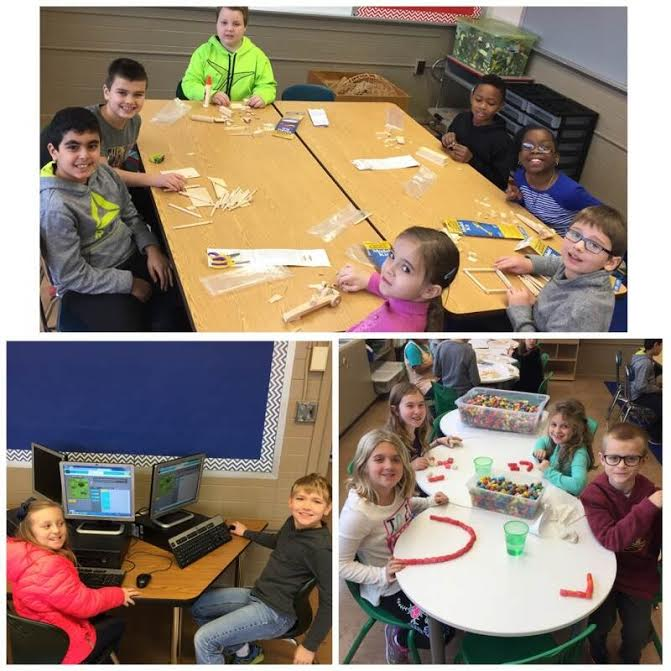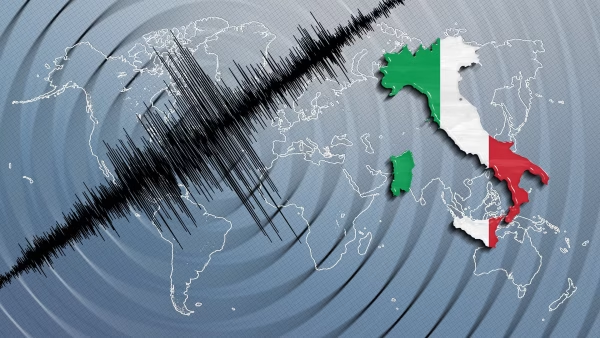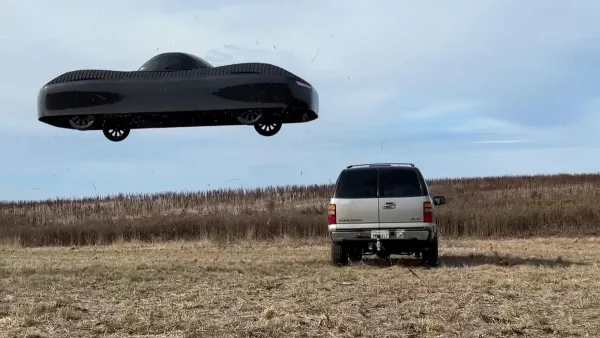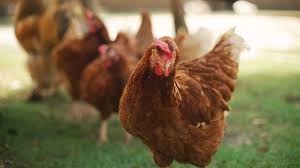Building New Creativity at Lander’s Makerspace
A brand new space has been added to Lander Elementary School- a makerspace, to be exact. Introduced to the students this year, it is a do-it-yourself space that allows kids to experiment and create.
According to the Mayfield City Schools site, a makerspace is “where students can gather to try out new ideas, learn new skills, and create and build things.”
These spaces can be anything, from a room or closet to just a mobile cart. It is filled with a large range of items, such as craft and art supplies, construction toys, building materials and traditional tools, as well as more high tech options including electronics, computers, software, cameras and even 3D printers.
Students gather there to create and build, learn skills, and work with new ideas. It allows students to experiment, motivate themselves, and practice self-learning. It also teaches students that initial failure is often necessary in order to succeed. Makerspace introduces kids to the basics of STEM, supports student inquiry and the importance of questioning, and even promotes student literacy by using journal writing.
Because the students direct their own projects, it gives them a chance to be creative and become problem solvers. Makerspace’s website (makerspace.com) says that “makerspaces represent the democratization of design, engineering, fabrication and education.”
On one end of the spectrum, there are low tech options for younger or less experienced students. Low tech project examples include marble movement, the LEGO and brown bag challenge, artbot, and creating an educational board game. Marble movement, for example, allows kids to create an obstacle course type structure for marbles using basic materials such as toilet paper rolls and tape.
On the other hand, activities can range up into more high tech projects, such as MakeyMakey, LittleBits, Squishy Circuits, Sphero and Ollie, and Maker Kits. These add an aspect of play into ordinary learning as shown by one of the projects, Squishy Circuits. According to the Squishy Circuits website, these circuits are “a project from the Playful Learning Lab at the University of St. Thomas… the goal of the project is to design tools and activities which allow kids of all ages to create circuits and explore electronics using play dough.”
These makerspaces are highly educational, supporting standards in all four core subjects. INFOhio reports that in language arts, the makerspace supports craft and structure, speaking and listening, and comprehension and collaboration. In science, it fosters the ability to identify problems and potential technological/engineering solutions, to understand the design process, and to understand and be able to select and use physical and informational technologies, to name a few. In math the supported standards include the ability to analyze, compare, create, and compose shapes, compose simple shapes to form larger shapes, measure and estimate lengths in standard units, and so on. And in social studies, it teaches kids economic decision making and skills, effective communication, and more.
Third grader Gregory describes the makerspace as, “Kind of like a technology and building place. Like somewhere you could build your own thing. One of the things there include that you can bring your creation home. They even have a mini robot you can control by iPad. You have to code them.” He says his favorite activity there is building with LEGOs, and says that students typically get between 45 minutes to an hour there, adding, “It’s scheduled. We rarely get the makerspace. A way to earn some extra time is by winning the Box Top contest. Whichever classroom wins gets an hour.”
Lander principal Mrs. Evans explained that Lander’s makerspace was started to “Give students the chance to explore and create, to take their ideas and make them a reality. The world is quickly changing, and with advancements in technology, by the time our elementary students graduate, there is no way to even predict what technology they will have access to. So we believe it is important to help students develop the habits of mind to be able to explore, create and solve problems.”
The project was made possible through a fundraiser with the Lander Parent Teacher group (PTG) and donations from Walmart, Target, and Home Depot. She also noted that there are plans to expand: “We plan to continue to expand the diversity of materials and technology available to students. We would also like to continue to find ways to integrate it into our curriculum and challenge students to think deeply and explore.”
While this project is still fairly new at Lander, it has already sparked positive effects amongst its students and will hopefully continue to do so as the years go by. With makerspace.com calling these spaces a phenomenon and schools both locally and across the US embracing them, makerspaces are sure to leave a trail of creativity and learning in their wake.







